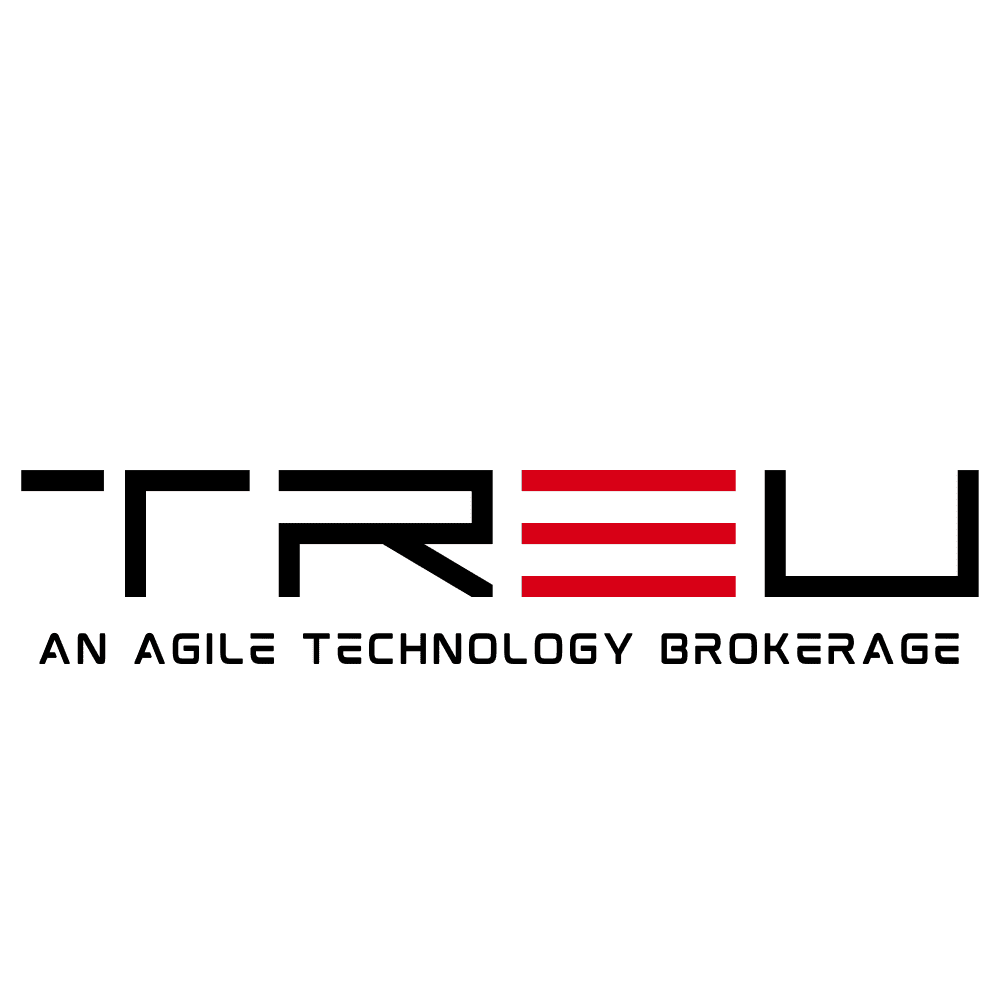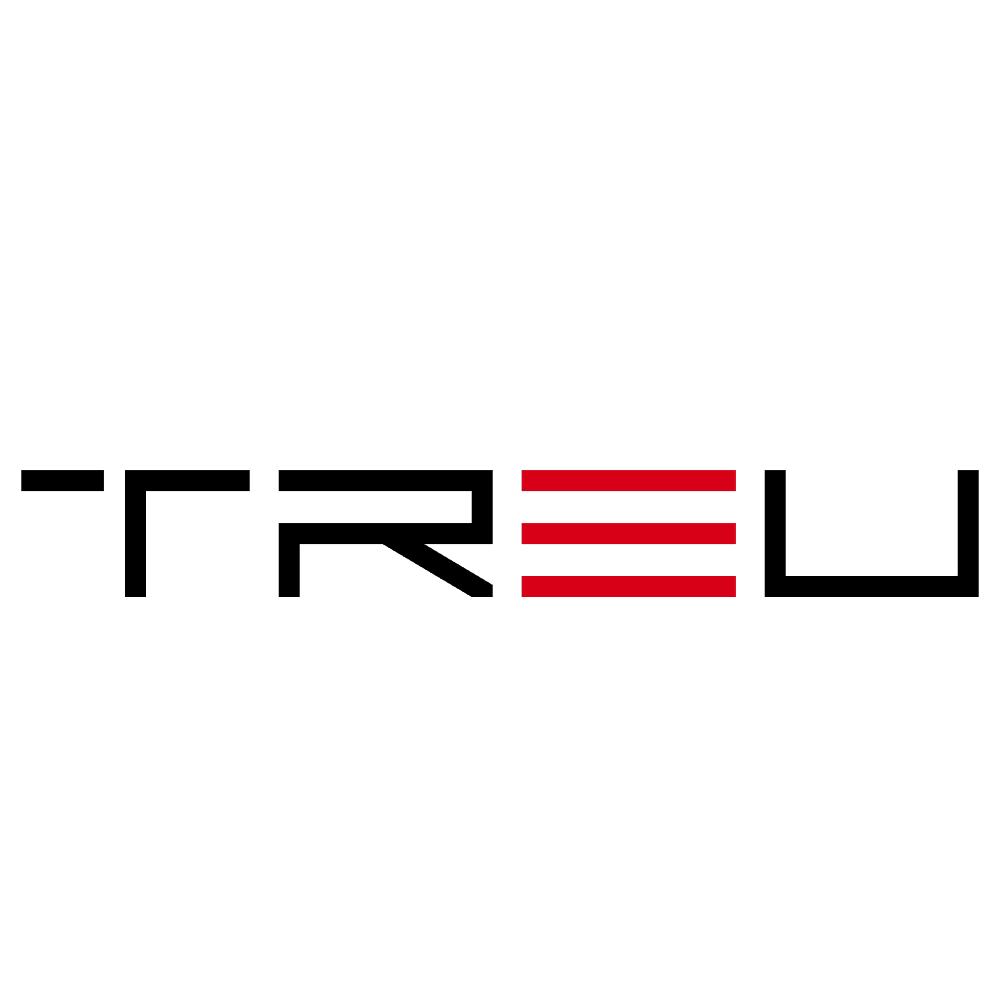Tableau Next by Salesforce Revolutionizes Data Analytics with AI Agents
In a groundbreaking announcement, Salesforce has unveiled Tableau Next, a powerful evolution of its data analytics platform that integrates artificial intelligence agents to transform how businesses interact with data. As enterprise demands grow more complex and real-time decisions become paramount, Tableau Next introduces a next-gen solution that marries intuitive data visualization with the cutting-edge power of AI and automation.
With this release, Salesforce is once again demonstrating its leadership in the cloud computing and business intelligence arenas by pushing the boundaries of what analytics platforms can do. Businesses and analytics teams alike should be paying close attention — this is more than just an upgrade; it’s an analytics revolution.
What Is Tableau Next?
Tableau Next is the latest iteration of the popular data analytics and visualization platform Tableau, now infused with Salesforce’s powerful proprietary tools in artificial intelligence and large language models (LLMs). At its core, the vision behind Tableau Next is simple yet ambitious: to remove the barriers to data-driven decision-making by deploying AI agents that intuitively assist users in real time.
This next-generation toolset blends Tableau’s best-in-class analytics interface with the intelligence from Salesforce’s AI stack, including Einstein and the Einstein 1 Platform. The result? Teams experience faster insights, automated workflows, and conversational analytics that elevate productivity and create significant business impact.
Key Features of Tableau Next
Let’s break down some of the most compelling features of Tableau Next that set it apart from its predecessors and competitors:
- AI-Powered Agents: Intelligent agents deliver real-time, context-aware suggestions and action items based on user queries and data trends.
- Conversational Analytics: Users can now interact with their data using natural language thanks to deep LLM integration.
- Automation-First Architecture: Routine analytics workflows — from data cleaning to visualization — are now automated to boost efficiency.
- Einstein 1 Platform Integration: The seamless integration ensures users can connect data across all Salesforce Clouds and third-party sources with ease.
- AI Trust Layer: A commitment to ethical AI use through a transparent system that manages data integrity, privacy, and compliance.
AI-Powered Agents: Your Virtual Data Analyst
The most talked-about innovation in Tableau Next is undoubtedly its use of AI agents. These agents act like your personal data collaborators, capable of tracking KPIs, flagging anomalies, and even initiating action plans directly within your preferred CRM or BI ecosystem.
Picture this — you’re observing a surprising drop in sales conversion rates. Instead of combing through dashboards manually, an AI agent can highlight the anomaly, pinpoint potential correlations (like recent pricing changes), and suggest a course of action — all automatically and conversationally.
How Tableau Next Aligns with the Modern Data Stack
Businesses across all industries are rapidly adopting a modern data stack — a combination of flexible, scalable tools designed to manage increasing data velocity and complexity. Tableau Next effortlessly fits into this architectural approach by enabling:
- Data Federation: No need to move data. Tableau Next connects directly to where data resides, maintaining real-time sync with cloud data warehouses such as Snowflake, Databricks, Google BigQuery, or Amazon Redshift.
- Open API Ecosystem: Tableau Next brings modularity. It allows developers to create custom AI agents, plug-ins, and workflows using open APIs.
- DevOps and CI/CD Integration: Teams can adopt full lifecycle management for analytics models and dashboards using modern DevOps tooling compatible with Salesforce platform deployments.
Enabling the Citizen Data Scientist
A prime benefit of these features is the democratization of data — a concept boosted by the rise of the “citizen data scientist.” These are business users who aren’t data experts but have access to tools like Tableau Next to engage with data confidently and intelligently.
With features like Ask Tableau, users can type or speak natural language queries like, “Show me the YoY revenue growth per region,” and immediately receive interactive charts and visualizations — without ever touching a SQL query.
Why Tableau Next Matters in 2025 and Beyond
In 2025, organizations are navigating an increasingly data-rich and AI-driven world. The need for real-time, accurate decisions has never been more urgent — and Tableau Next answers that call by changing the very nature of interaction between humans and data.
Here are some key reasons why Tableau Next is a game-changer:
- Accelerates Decision Velocity: With automated insights and real-time alerts, organizations can respond to events faster.
- Closes the Data Literacy Gap: Non-technical users are empowered to derive insights without relying on data analysts for every report.
- Scales Enterprise-Wide Intelligence: AI agents provide a scalable, always-on analytics assistant embedded into existing workflows.
Enterprise Use Cases
Salesforce’s Vision: AI + CRM + Analytics
With the introduction of Tableau Next, Salesforce continues its pursuit of combining AI + CRM + Analytics on a unified platform. This triad reshapes digital transformation for enterprises by bringing insight, personalization, and automation across every customer touchpoint.
“At Salesforce, we’re committed to helping organizations transform data into action,” said Salesforce executives during the official launch. “Tableau Next is our most powerful expression of that vision to date, allowing enterprises to break down the silos between data, people, and processes.”
Looking Ahead: What’s Next for Tableau Next?
Salesforce’s roadmap for Tableau Next includes upcoming features like:
- Agent Customization: Businesses will be able to design and train AI agents specific to their workflows and industries.
- Multimodal Inputs: Users will interact not just via text but images, voice, and eventually even video prompts.
- Deeper Integration with Slack and Teams: Tableau insights and actions will be available directly within chat platforms, boosting collaboration.
As we look beyond 2025, one thing is clear — Tableau Next is just the beginning. As AI becomes more ubiquitous and real-time analytics become the standard, platforms that leverage intelligent agents will dominate how we understand and act on data.
Conclusion
Tableau Next by Salesforce is more than a product launch — it’s a bold step into the future of business intelligence. With AI-driven agents, natural language processing, and deep automation capabilities, this platform empowers users to move from data to decision in moments, not hours.
Whether you’re a C-suite executive or a line-of-business analyst, Tableau Next offers a powerful, scalable, and intelligent partner to drive your data strategy forward.
The era of hands-free, insight-driven business is here — and Tableau Next is leading the charge.
Learn how and why medium-to-large enterprises are leveling up their AI game with TREU Partners.

